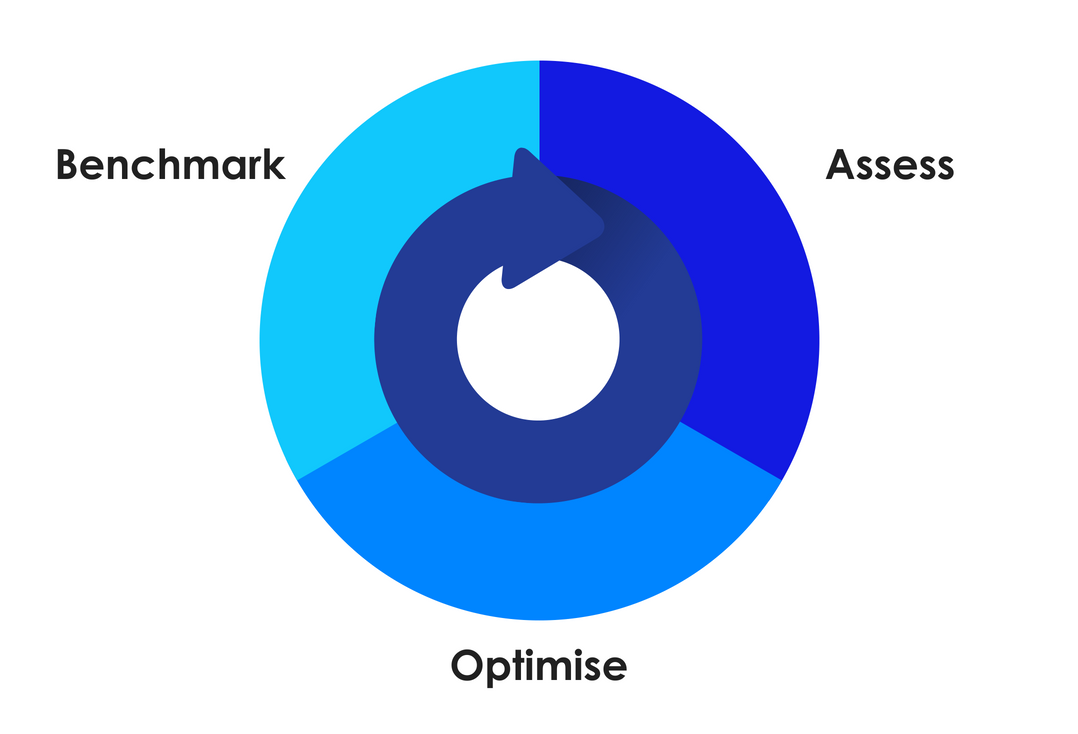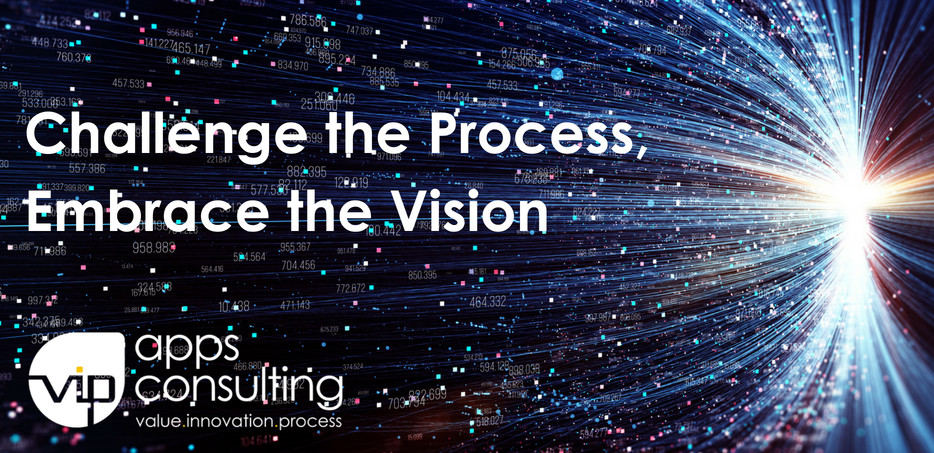The unprecedented speed of the disruptions caused by new technologies and changing customer expectation is putting more pressure on organisations in the leasing and asset finance industry to embrace digital strategies and be more responsive and agile. Organisations tend to focus on the technology innovation, and in most cases, the reality is that they are not ready to embrace it. The lack of understanding and ability to create an effective and realistic plan that addresses the impact of technology innovation on the business, operations and people, can place the organisation behind the innovation wave they want to catch. Without the right processes in place, aligned with a culture shift and change mindset and strategy, any attempt of innovation will fail.
The Importance of a BPM Strategy in Business Transformation
Today organisations in the leasing and asset finance sector are facing pressures from stressed revenue streams, increases in cost of funds rapidly evolving regulations and new compliance requirements. In parallel striving to meet the demand for an enhanced customer experience that is becoming pivotal for the industry to maximise new business opportunities. Business process management (BPM) plays a decisive role in the way organisations operate. It lays the grounds for back-office and front-office business functions and determines how quickly and efficient the different parts of an organisation work to offer the customer the expected improved experience.
To grow in today’s market, companies need to systematically embrace technology innovation to drive the transformation of their services, products and business model.  As technology innovation reaches its next generation of capabilities’ machine-based intelligence solutions such as AI and RPA, promises to deliver great benefits to organisations in this sector. However, before jumping into the automation of existing processes, organisation need to analyse and identify whether that technology makes sense and how it can add value, otherwise will risk missing a truly transformational opportunity. The transformation journey needs to align the process optimisation, desired business outcome and technology to drive real value. How do organisations rethink their business process to enable business transformation?
As technology innovation reaches its next generation of capabilities’ machine-based intelligence solutions such as AI and RPA, promises to deliver great benefits to organisations in this sector. However, before jumping into the automation of existing processes, organisation need to analyse and identify whether that technology makes sense and how it can add value, otherwise will risk missing a truly transformational opportunity. The transformation journey needs to align the process optimisation, desired business outcome and technology to drive real value. How do organisations rethink their business process to enable business transformation?
A Three-Step Approach to Rethink Processes for Constant Business Transformation
Aligning processes with the optimal business outcomes demands close collaboration between the business and IT.  Our proprietary AMOBI methodology provides the collaborative approach between the business organisation, the systems that support it and the project organisation tasked with redesigning and implementing improved optimised processes. A holistic approach, that enables organisations to define, design and implement solutions aligned to the specific industry and organisational need. A clear process to improve efficiency, competitive advantage and overall health and growth of the organisation. Based on the AMOBI way, here is a simple three-steps approach for organisations to take when rethinking processes for a constant business transformation scenario:
Our proprietary AMOBI methodology provides the collaborative approach between the business organisation, the systems that support it and the project organisation tasked with redesigning and implementing improved optimised processes. A holistic approach, that enables organisations to define, design and implement solutions aligned to the specific industry and organisational need. A clear process to improve efficiency, competitive advantage and overall health and growth of the organisation. Based on the AMOBI way, here is a simple three-steps approach for organisations to take when rethinking processes for a constant business transformation scenario:
As the technology’s capabilities mature, the nature of the digital transformation and the enterprise at large will evolve. The starting point is not then about the selected technology, how it works or how to implement it. Instead, innovation it is about the business process that enables constant transformation and delivers business value. With these three steps in mind, the process optimisation takes a transformational approach, a journey, a continuous practice across the organisation that involves changing the culture as well as reimagining processes.
About VIP Apps Consulting
VIP Apps Consulting help companies to optimise business processes for the next generation of leasing and financial services ecosystems. Our diverse multi-lingual asset finance and a technology-focused team can unlock your technology vision, deploy the right solutions for your organisation and let you capitalise on the business opportunities that technology innovation brings. Our unique process-driven approach and AMOBI proprietary methodology deliver greater value and efficient business outcomes, minimising cost and risk.








